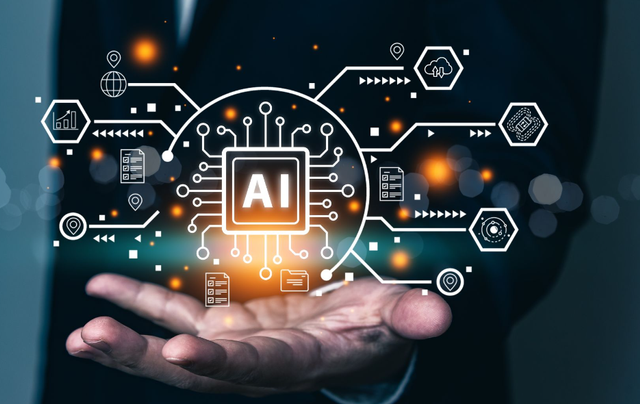The year 2025 feels like the moment when many scattered threads in artificial intelligence begin to tie themselves into clear, everyday patterns. We’re moving from an era of dazzling prototypes and single-purpose automations to one where AI is embedded across products, workplaces, and governance frameworks — more useful, more regulated, and more varied in how it is built and deployed.
A few dominant technical trends will shape the year. First, multimodal and large-context models continue to advance — systems that natively handle text, images, audio, and increasingly video are becoming the baseline for new applications. These models are not only better at conversation and content generation, they also power richer assistants that can read a document, watch a short clip, and summarize or act across formats in a single flow. OpenAI’s recent multimodal pushes and faster, cheaper model variants are concrete signs of this shift.
Second, the open-source ecosystem matures into a reliable alternative to closed models. Companies and research groups are releasing high-quality models and toolkits that organizations can run privately or adapt for niche tasks. That movement lowers the barrier for custom AI, spurring innovation in sectors that need privacy, localized knowledge, or cost control. Meta and other players releasing stronger Llama-family models underscore the accelerating competition between open and proprietary stacks.
Hardware and cost dynamics will also be defining. AI workloads remain compute-hungry, but the economics are shifting: specialized accelerators, better software stacks, and more efficient model architectures will make production-scale AI more accessible to mid-size companies. NVIDIA’s continued dominance in the accelerator market and the broader boom in AI chip investment mean organizations that want to scale will still need to plan for significant infrastructure costs — while also watching for cheaper edge and on-device options to handle private, low-latency tasks.
Policy and governance land squarely on the map in 2025. The EU’s AI Act and related guidelines are driving new compliance work that affects model transparency, risk classification, and acceptable uses — especially for general-purpose models and systems that can influence people’s decisions. Firms building or distributing AI will increasingly treat regulation as a design requirement, and non-EU jurisdictions are watching closely to decide whether to follow suit with their own rules or adapt lighter-touch approaches.
On the application front, expect growth in verticalized AI: domain-specific models and integrations tailored for healthcare, legal research, engineering, and creative production. These verticals benefit from combining powerful foundation models with curated datasets and task-specific evaluation, delivering measurable productivity gains. Enterprises will favor “augmented” workflows where humans remain central — AI suggests, summarizes, drafts, or flags issues, and people apply judgment and context.
Ethics, safety, and user experience remain open problems that attract both attention and investment. Better evaluation metrics, red-team testing, watermarking and provenance tools, and improved human-in-the-loop systems are all part of a broader industry effort to make AI reliable and auditable. Expect clearer best-practices for transparency and harm mitigation to become mainstream in product roadmaps.
Finally, the social and economic picture will continue to evolve unevenly. AI-driven productivity gains create new services, roles, and efficiencies, but also require reskilling and thoughtful policy responses to ensure benefits are distributed. Startups and incumbents that combine technical excellence with responsible deployment and clear value for users will lead the next wave.
In short: 2025 will be the year AI becomes both more capable and more ordinary. Multimodal, large-context models will power practical assistants; open-source alternatives will widen participation; hardware and cost improvements will broaden deployment; and regulation will make responsible design an operational necessity. The net result should be a more useful, more scrutinized, and more widely adopted generation of AI — one that demands both bold engineering and careful stewardship.

